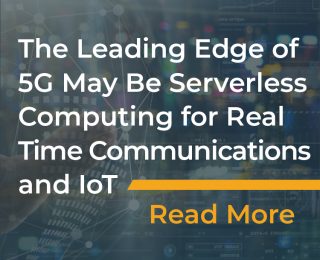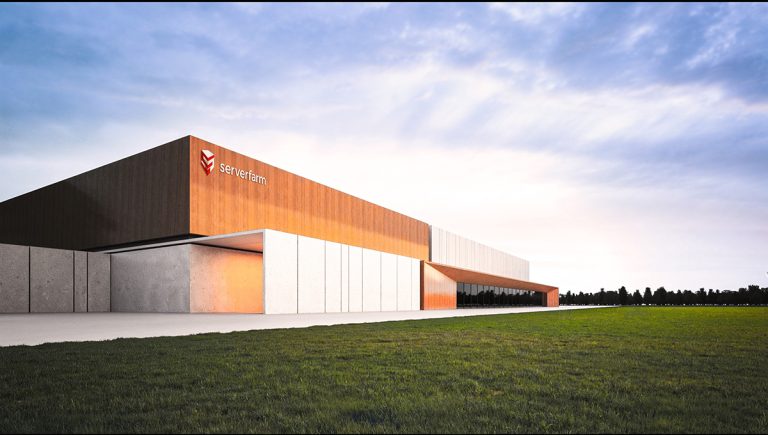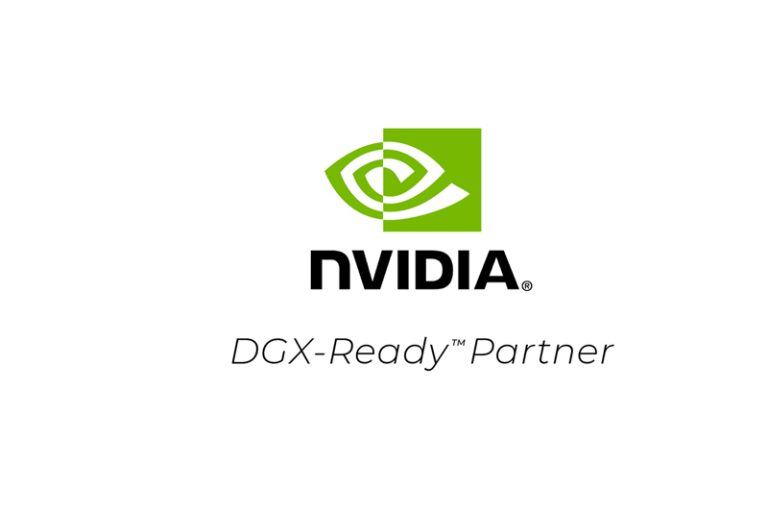By Cynthia S. Artin
With 5G wireless communications rapidly approaching broad adoption by 2020, enterprise, government and institutional CIOs are shaping their IT roadmaps and budgets to accommodate for the inevitable growth in the volume and velocity of data – from data lakes, to data oceans, and from voice and data to voice as data, with the Internet of Things (IoT) added into layers of connected, cloud and local computing.
Data centers are transforming themselves in advance of this next wave of infrastructure transformation. For some, this means moving physically closer to the edge to be able to provide low latency and even ultra-low latency services in our “faster-faster” world.
To extract value from investments in IoT and Industrial IoT (IIoT) for example, with smarter farms, factories, buildings and entire cities and regions, proximity, resilience and security is being increasingly built into the network and is being redesigned to accommodate for the multiple benefits of 5G including the support of future software applications, and hardware/firmware/middleware/software applications in a hyperconnected world.
We caught up recently with Avner Papouchado, CEO of data center provider Serverfarm. Here are our questions, and his answers.
What is your vision for serverless computing?
CIOs increasingly want to focus on business decisions rather than on managing physical infrastructure. This desire is what is driving the momentum behind serverless computing.
Though most CIOs have a desire to run in a serverless environment, not all workloads are well suited for the cloud. Many companies also want to limit spending on maintaining servers, but still require the support of physical infrastructure.
Our vision is to give CIOs the serverless computing experience even if their company relies on legacy applications that can’t make the transition to the cloud, whether because of security or downtime concerns. True serverless computing isn’t attainable for all organizations, but colocation can bring that same experience to all CIOs.
How will edge computing change the game for data centers?
As more IoT devices enter the environment, edge computing becomes more common and more necessary. Increased reliance on edge computing means that more data centers will be introduced into the environment. However, these new data centers will be much smaller. Successful edge computing requires tighter control over infrastructure, and smaller, more plentiful data centers facilitate this control. These smaller data centers can be less remote which allows devices that utilize edge computing to run more effectively.
How will the combination of 5G and edge computing advances improve IoT deployments?
IoT, edge computing and 5G are all interrelated and rely on one another for successful IoT deployments. IoT sensors require quick decision-making about data coming from the environment. The speed required by these sensors means that the traditional model of taking data back to a central data center is no longer sufficient as the latency associated with this process is too high for IoT devices like autonomous vehicles. IoT improvements require a shorter gap between the input of data and a response. This is where 5G connectivity comes in.
Will IoT become a real-time or near-real time practice and if so why?
Whether IoT applications will necessitate real-time or near-time responses depends on the workload. For example, while autonomous vehicles require real-time responsiveness, applications like content distribution don’t need to be real-time as minor latency isn’t a problem. Reliance on real-time vs. near-real responsiveness also depends on whether people are willing to pay for real-time connectivity. Real-time is is very costly and requires the support of significant local storage and infrastructure. For use cases that don’t require this kind of connectivity, there is no real need to invest in eliminating latency as near-real time is sufficient and much less expensive.
What are the top use cases for 5G IoT?
Autonomous vehicles and smart cities are the most promising applications for 5G and IoT technologies. Autonomous vehicles will need to leverage sensor data from across the environment and will rely heavily on both 5G networks and IoT. Additionally, as more people move to urban environments, more promising use cases for smart city technology start to emerge. A truly connected city that reaches the potential of these technologies requires the support of 5G and IoT.
Will we really see 5G in full swing in just two years?
I would define full implementation of 5G as the point where it fully replaces 3G technology. As most developed countries currently have large scale pilots of 5G networks, and South Korea and Taiwan are in the midst of full deployment, we will likely see full 5G deployment a few years after 2020. Much of the Americas, Europe, the Middle East and Asia are well on their way to fully deploying these networks. However, robust implementation of these networks is ultimately an economic problem. Companies will invest in 5G networks when they see a demand and once this demand ramps up, there will be larger deployments of this technology.
Click the link below to read this article and other great articles from Transforming Network Infrastructure.










